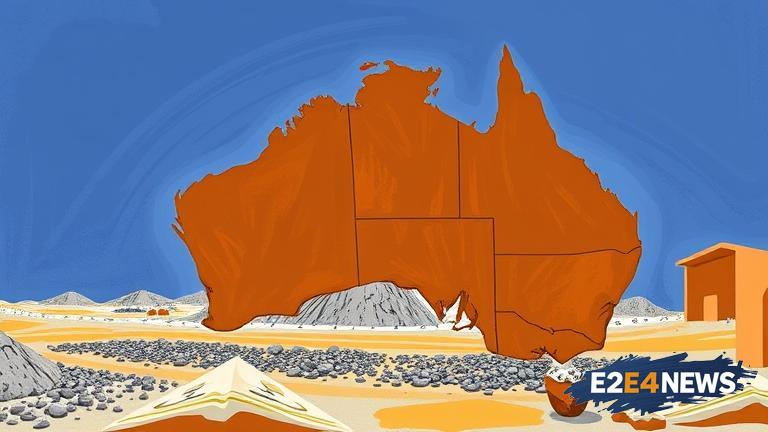The Australian government is considering implementing a price floor for critical minerals, a move that could have significant implications for the country’s rare earths miners. The proposal, which is currently being discussed by government officials and industry stakeholders, aims to provide a safety net for miners and ensure the long-term sustainability of the industry. Critical minerals, such as rare earths, lithium, and cobalt, are essential components in a wide range of technologies, including renewable energy systems, electronics, and defense applications. Australia is home to significant deposits of these minerals and is well-positioned to become a major player in the global market. However, the industry has faced challenges in recent years, including fluctuating prices and competition from other countries. The introduction of a price floor could help to stabilize the market and provide a more predictable revenue stream for miners. This, in turn, could encourage investment and expansion in the sector, leading to increased production and employment opportunities. The proposal has been welcomed by industry stakeholders, who believe that it could help to level the playing field and provide a more competitive environment for Australian miners. However, some experts have raised concerns about the potential impact on the global market and the potential for trade tensions with other countries. The Australian government has stated that it is committed to supporting the critical minerals industry and is exploring a range of options to achieve this goal. In addition to the price floor proposal, the government has also announced plans to invest in research and development, improve regulatory frameworks, and enhance international cooperation. The critical minerals industry is expected to play a key role in Australia’s economic future, with the government forecasting significant growth in the sector over the next decade. The industry is also expected to make a major contribution to the country’s transition to a low-carbon economy, with critical minerals being used in a wide range of renewable energy technologies. As the global demand for critical minerals continues to grow, Australia is well-positioned to become a major supplier and to benefit from the associated economic opportunities. The introduction of a price floor could be an important step in achieving this goal and in ensuring the long-term sustainability of the industry. The proposal is currently being considered by the Australian government and is expected to be finalized in the coming months. In the meantime, industry stakeholders are eagerly awaiting the outcome and are hopeful that the proposal will be implemented in a way that benefits the sector. The critical minerals industry is a complex and rapidly evolving sector, and the introduction of a price floor is just one of the many factors that will shape its future. As the industry continues to grow and develop, it is likely that we will see a range of new opportunities and challenges emerge. The Australian government’s commitment to supporting the industry is a positive step, and it will be important to monitor the progress of the proposal and its impact on the sector. The price floor proposal is a significant development in the critical minerals industry, and it has the potential to have far-reaching implications for the sector. As the global demand for critical minerals continues to grow, it is likely that we will see a range of new initiatives and proposals aimed at supporting the industry and ensuring its long-term sustainability. The Australian government’s proposal is an important step in this direction, and it will be interesting to see how it develops in the coming months. The critical minerals industry is a vital component of the global economy, and it is essential that we take steps to support its growth and development. The introduction of a price floor is just one of the many ways in which we can achieve this goal, and it is likely that we will see a range of other initiatives and proposals in the coming years. As the industry continues to evolve, it is likely that we will see a range of new opportunities and challenges emerge, and it will be important to monitor the progress of the proposal and its impact on the sector.
